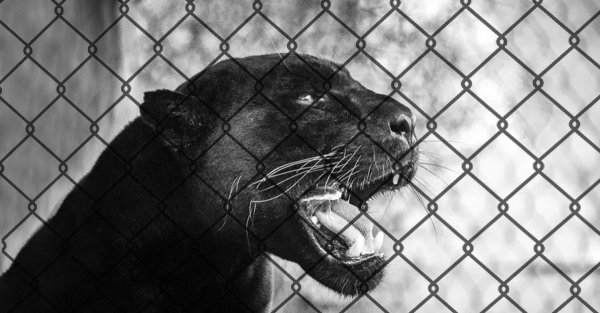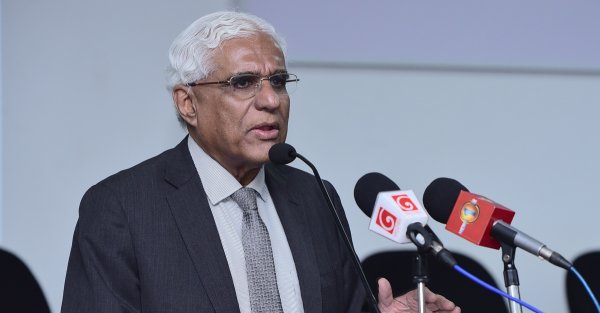
At a busy intersection in Colombo Fort stands a slim, tall tower, often perceived as an impediment to traffic rushing past in various directions. This is the Old Colombo Lighthouse Clock Tower, referred to as the Chatham Street Clocktower, seeing as it is located between Chatham Street and Janadhipathi Mawatha (formerly Queen’s Road). Getting to the clocktower requires a combination of agility and bravery as vehicles rarely stop to allow you to cross. Once under the arches of the clocktower, besides a faded bronze plaque inscribed with a brief history of the tower, there is little else to see—until you notice a narrow, iron stairway leading up to the ceiling in one corner of the space.

Ishan de Lanerolle, one half of the well-known singing duo, The De Lanerolle Brothers, has with his older brother and singing partner Rohan, recently taken over maintenance of the Old Colombo Lighthouse Clock Tower. The tower was previously cared for by the Central Bank for many years. Ishan, spying the potential for this landmark, has big plans for its conservation and ideas to bring it to public attention. The clocktower, at 29 metres tall, was at one time the tallest building in Colombo, and—as per the inscription on the plaque—the only lighthouse clocktower in the world. It was officially opened on 25 March, 1857, but was decommissioned on 12 July, 1952, after it became obscured by tall buildings that had sprung up nearby.
Climbing up the narrow stairway through the hatchway door on top, we found ourselves in a compact room, with beautiful, dusky golden yellow walls. Natural light filtered dimly in through rectangular window panels on all four sides of the wall, but the wooden shutters forming a protective barrier against the elements hampered attempts to dispel the dark. All at once, the room is lit up by small warm yellow lights that Ishan has strategically placed in corners of the room. He explained that he wanted to preserve the 161-year-old walls in their original form by lighting up the old building within and without, without imposing any large structural changes.

The beautiful interior is in stark contrast with the dull, two-toned exterior of the building designed by Lady Steinberg Ward, wife of Governor Sir Henry George Ward, and constructed by the Public Works Department under the supervision of Assistant Engineer J. F. Churchill. As we find our bearings, Ishan casually shares with us an interesting nugget of information—as per the plaque on the ground floor, the Old Colombo Lighthouse Clock Tower is also the point from which all the road networks throughout Sri Lanka are mapped, this is to say, the distance of 115.6 km, for instance, between Colombo and Kandy is measured from the Old Colombo Lighthouse Clock Tower on Chatham Street.
We digest this piece of information as we take narrow iron stairs that continue up a second, third and fourth landing, although actual ‘floors’ are missing on each of these. Instead, peering down concrete pillars at a dizzying height we can catch sight of the first floor, now far beneath us. Ishan indicates that he would like to transform these empty ‘floors’ into a gallery—complete with pictures and a history of the evolution of the clocktower. This would take some work—not only would he have to lay down floors, but also procure and present a history of the lighthouse clocktower—but Ishan seems not just equal, but passionate about the task. He truly believes this building is worth restoring and conserving for future generations.

As we emerge onto the fifth floor of tower, Ishan has us duck through a door to enter a room with a low ceiling and timber floors. This is where the bells belonging to the clocktower once hung. The bells are no longer there, having been moved to the Economic History Museum of the Central Bank of Sri Lanka, housed across the street, at some time in the past. In its absence, the large cast iron beam on which the three bells once hung, stands alone in an empty room. The three bells—a large main bell weighing approximately 250 kg which strikes on the hour, and two smaller bells, of approximately 150 kg each, which strike every half and quarter-hour.
On the floor above are two large, oblong industrial-sized cylinders which once powered the lighthouse. According to reports, the lighthouse originally used kerosene, but was replaced with gas in 1907. In 1933, the lighthouse began to use electricity until it was decommissioned in 1952. Today, the two cylinders are all that remain of inner workings of the lighthouse, that according to some reports, was constructed by the ‘Chance Brothers’, a major British lighthouse engineering company in the 19th and 20th centuries. The light from the tower was said to have been visible upto a distance of 27 km in clear weather, and shone in triple flash in intervals of 30 seconds, each flash of 1 second duration.
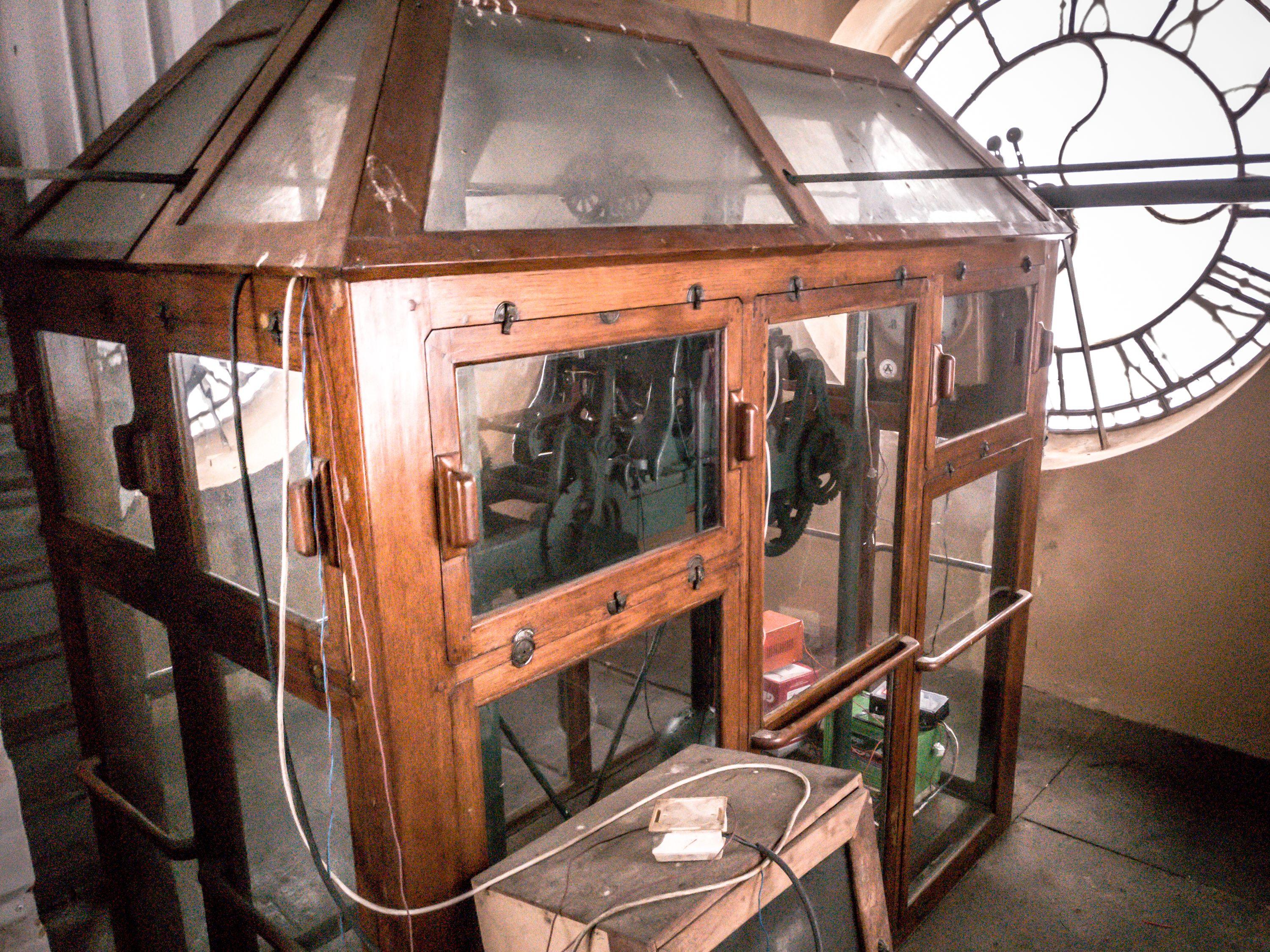
Finally, we emerge onto the inner sanctum; a square room, flanked on all sides by the six-foot tall glass face of the clock. The clock was built by Dent, a leading English manufacturer of clocks and watches, two years before they built the mechanism for the ‘Big Ben’—the world-renowned clocktower located at the Westminster Palace in London. The cloak at Chatham Street originally used gravity (!) to run, but was replaced in 1913, and re-inaugurated on 4 April, 1914. In the ensuing years, key parts of the original mechanism have gone missing, and Ishan is determined to replace them—even if it means writing to Dent and asking if they would be interested in helping restore a century old clock in a former British colony.
Right on top of the tower is a golden dome from which the light once shone. Clambering onto the floor that houses the dome, we skirt past the edges of the large, round, rotating cast iron structure that operated the light, and creep through a narrow opening onto a strip of balcony outside from which unparalleled views of that quarter of Colombo can be seen. On one side, the Port City project sprawls, on the other side is the President’s official quarters, one another end, the Central Bank and its accompanying snipers, and in front, the changing landscape of Colombo Fort. The golden dome is sadly rusting, allowing water from the beating Southwestern monsoon to seep into the building; more work that Ishan must take care of.
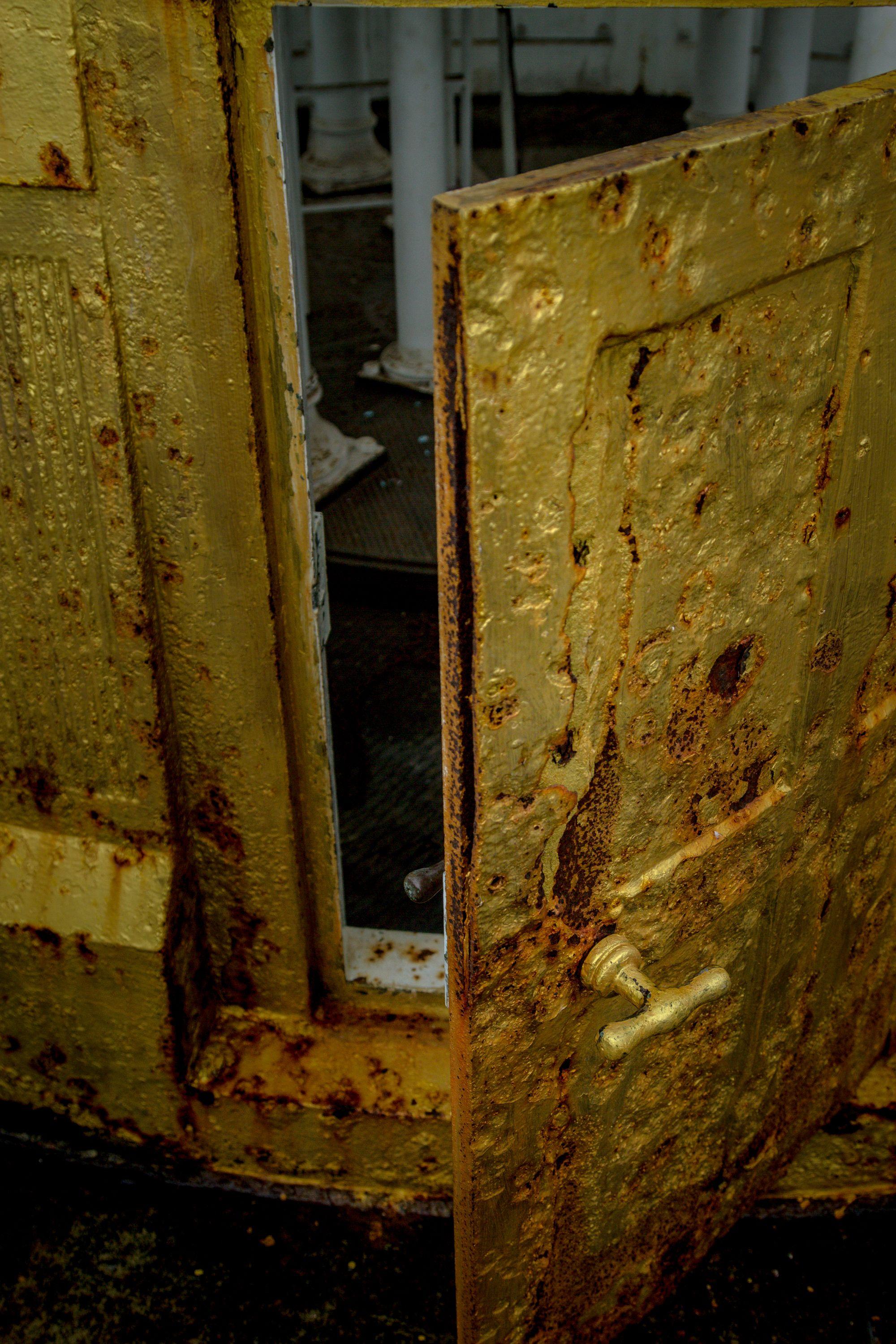
But setbacks aside, Ishan is determined to ensure the edifice will be open to the public in due course. He is currently wrangling with local service providers to have the clock’s mechanism temporarily restored until he can explore the option of having the clock’s original manufacturers involved in its restoration. This means temporarily relying on a digital mechanism for the clock’s operation, but Ishan only sees it as a step in the right direction. He is eagerly looking forward to the day he can open the tower for public viewing, and divulges a secret; he plans to unleash his singing prowess from the top of the tower the day it is opened to the public.
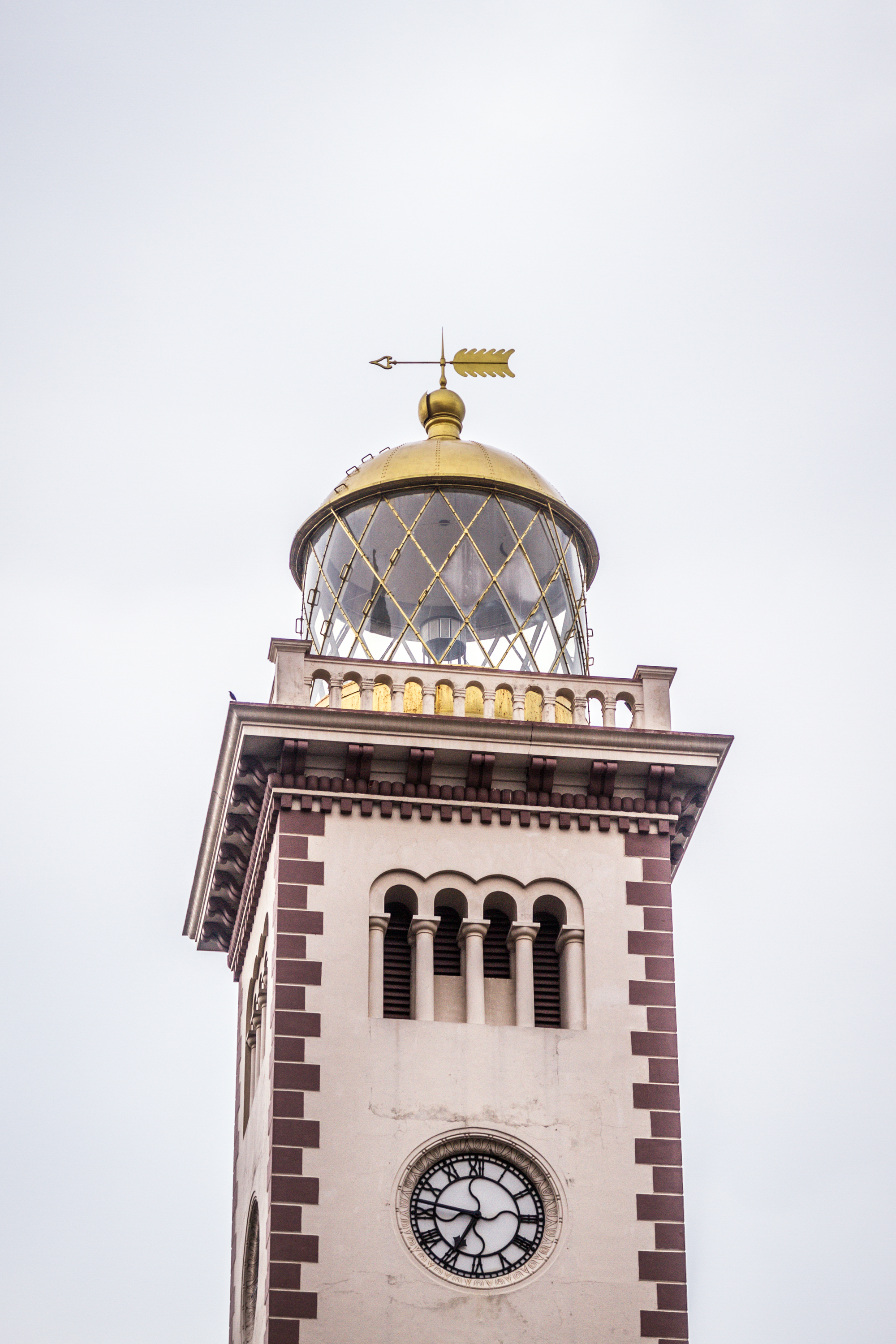
The going may be slow, and Ishan has only just embarked on the task, taking over management of the tower in January this year. But the ambitious, creative plans he has for an otherwise ignored building will ensure public attention is turned once again to the Old Colombo Lighthouse Clock Tower that once lit up the sky.
Cover Image Courtesy: Roar Media/Daran Kandasamy



